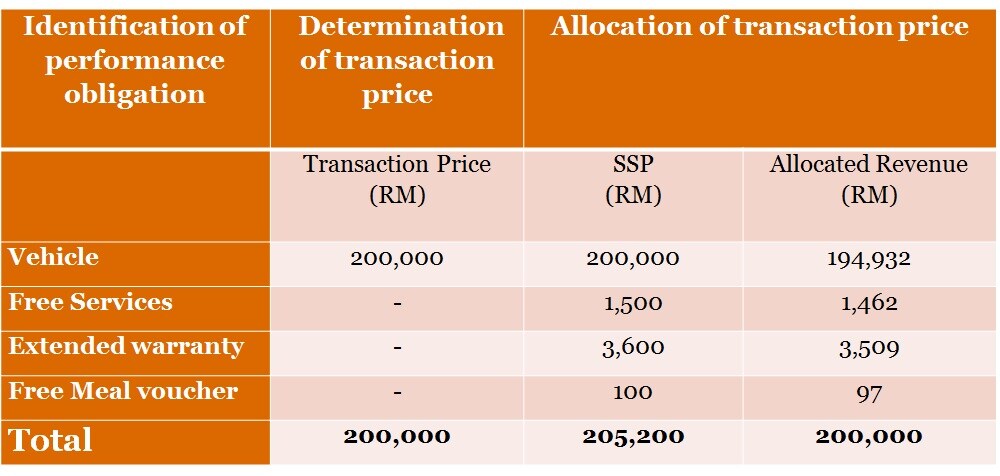MFRS 15 implementation challenges in the automotive industry
1 December 2017
By Mahesh Ramesh, Assurance Executive Director, PwC Malaysia
The automotive industry in Malaysia is very competitive. Automotive giants have been declaring ‘war’ against one another, by claiming they are offering the best deal in town, whilst, trying to maintain their margins.
In previous years, we have seen the usual discounts or rebates and standard free service or voucher packages being offered by automotive players. Now, extended warranty packages have also been thrown in to entice consumers.
What does this mean to the implementation of MFRS 15?
As a result of the ever changing marketing strategies by the automotive players, implementation of MFRS 15 is a challenge. Identification of the various performance obligations is crucial in ensuring that the recognition of revenue is accurate.
How can changes in the number of performance obligations affect the assessments?
One of the more significant implications is mainly on packages involving free service and extended warranties. Basically, MFRS 15 requires players to allocate transaction prices of the vehicle being sold into the individual goods or services being promised to the consumers. This involves identification of performance obligations and assessment of the stand-alone prices for each performance obligation. Whether or not a promise is a distinct performance obligation is subject to discussion based on facts and circumstances. For example, extended warranties are usually treated as a distinct performance obligation only if one of the following criteria is met:
- The customer has an option to purchase the extended warranty package separately; or
- The extended warranty package provides services in addition to the assurance that the vehicles is functioning as expected.
Once performance obligations are identified, the transaction price is allocated across based on the respective stand-alone selling price (also known as SSP). The SSP is the price the promised good or service would be priced at if sold separately to a customer (based on an observable price). However, as automotive players normally sell bundled goods and services in a package the SSP may not be directly observable. When SSP is not directly observable, significant judgements will be needed to estimate the SSP. This can be illustrated in the example below:
Mark purchases a vehicle with a free service and warranty package from Automobile Co. Based on the package, Mark will get free service of up to 3 years or 60,000km whichever comes earlier, a standard warranty package of 3 years and an extended warranty package of 2 years. In addition to the free service and extended warranty package, Mark was also given free dinner vouchers to dine at a luxury hotel.
The SSP of the free service and extended warranty are not observable in the market as they are not sold separately. As such, Automobile Co has used the cost plus a reasonable margin approach to derive the SSP of the free service and extended warranty package at RM1, 500 and RM3,600 respectively. However, the SSP for the free dinner vouchers were estimated at RM100 based on its standalone selling price.
The impact of MFRS 15 can be illustrated as follows:

Conclusion
In conclusion, the application of the 5-steps in MFRS 15 requires significant judgement to be made. Based on the above, the implementation also requires inputs from different divisions within a company and not the Finance division alone. Understanding of the standard by the affected parties is a crucial factor for a successful implementation of this standard.
Keep up-to-date with the latest blog posts via RSS
Contact us
















